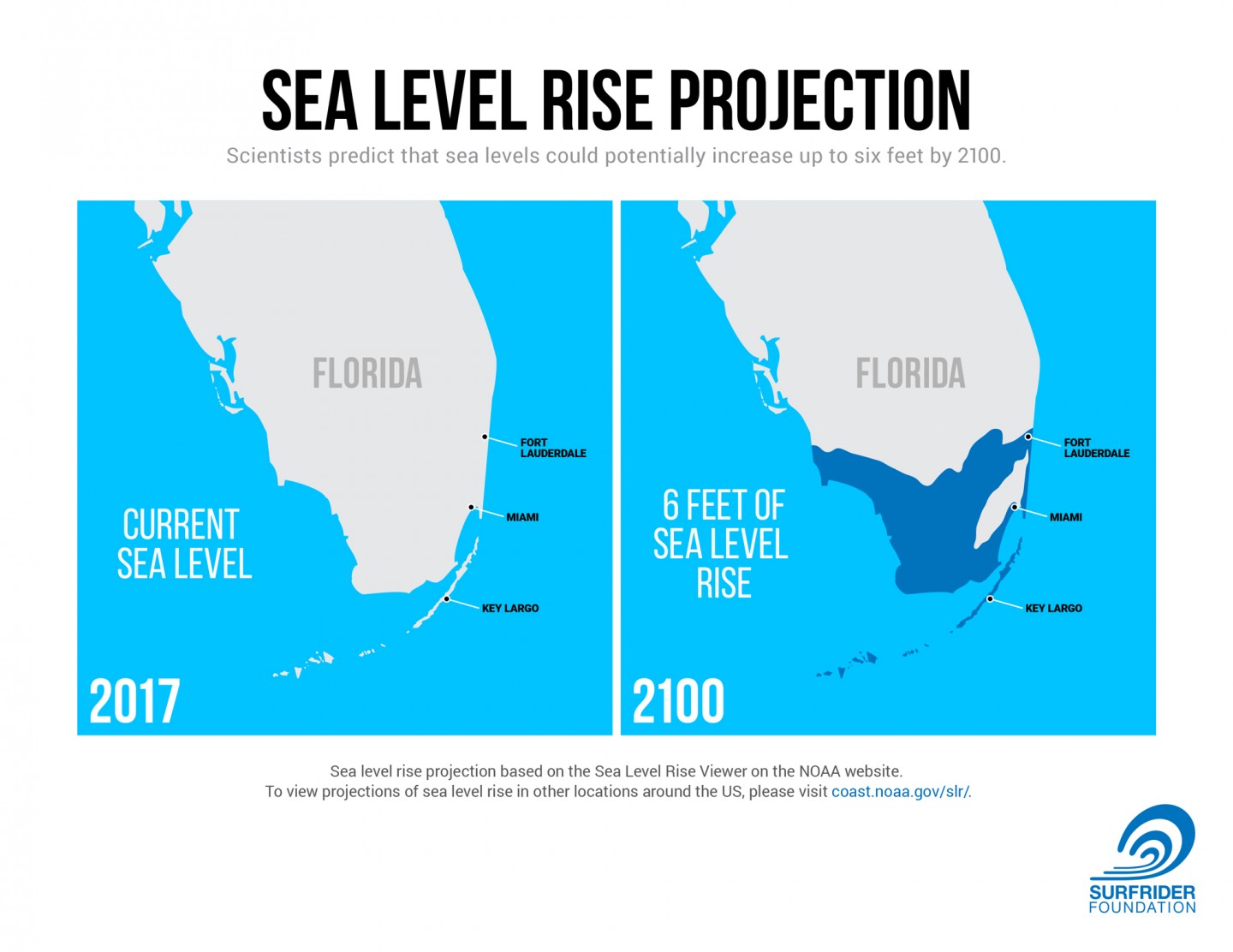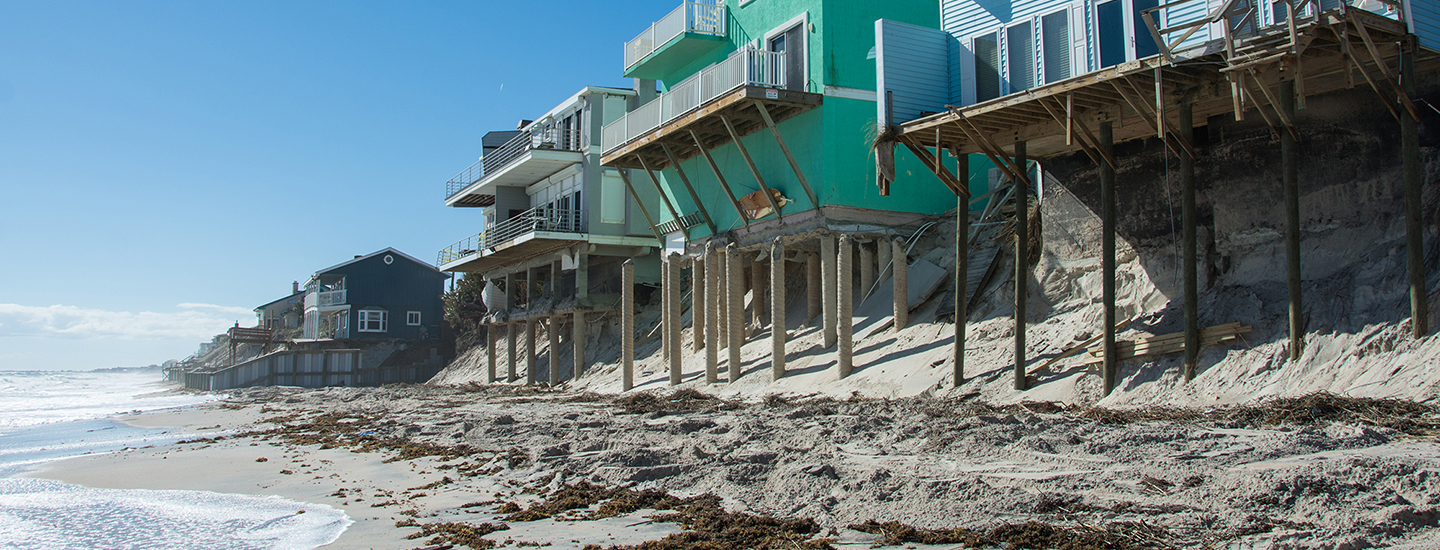
The Surfrider Foundation released the 2017 State of the Beach Report Card, which evaluates U.S. states and territories on their policies to protect our nation’s beaches from coastal erosion, haphazard development, and sea level rise. The results reveal that 22 out of 30 states, and the territory of Puerto Rico, are performing at adequate to poor levels, with the lowest grades located in regions that are most heavily impacted by extreme weather events. Surfrider’s report card clearly denotes that not only do the majority of states need to make improvements, but they also require continued support at the federal level for the Coastal Zone Management Act and funding for agencies such as NOAA, to protect our coastlines for the future.

About 40% of our nation resides along America’s unique coastlines. Healthy beaches fuel coastal tourism and recreation economies that are worth more than $100 billion and provide 2.15 million jobs nationwide. However, beaches are disappearing at an alarming rate, due to both natural processes and human intervention. Coastal erosion causes approximately $500 million in coastal property loss annually in the U.S., including damage to structures and loss of land. To mitigate erosion impacts, the federal government spends an average of $150 million every year on beach replenishment and other shoreline erosion control measures. In addition, scientists predict that sea levels could potentially increase up to six feet by 2100, which would impact coastal economies, public access, recreation, and healthy ecosystems.
In response, Surfrider has produced the State of the Beach Report Card to serve as a tool to empower concerned citizens to work with coastal municipalities and ensure that their local communities actively protect coastal resources. The report is also intended to provide a basis for decision-makers and agencies to form proactive, long-term solutions for increased coastal protection for the future.

Key Highlights
• Surfrider’s report finds that only 8 states are doing a ‘fair or better’ job (e.g., earned grade of A or B based on relevant criteria) of protecting beaches.
• The states scoring higher had strong policies regarding coastal building setbacks, prohibitions against coastal armoring and rebuilding in coastal hazard areas, and support for incorporating sea level rise and coastal adaptation into planning documents.
• More than 22 states assessed are doing a ‘barely adequate to poor’ job (with an earned grade of C or less). These states tend to have less stringent policies regarding development in hazardous coastal zones, sediment management, no prohibitions on coastal armoring, and/or little in the way of policies that require the incorporation of sea level rise projections into coastal planning.
• The latest science and frequent coastal damage from storms show that our nation’s beaches are under siege and highly vulnerable to erosion.
• The report findings underscore why NOAA’s Coastal Management Program must be adequately funded to support stewardship of our nation’s beaches.
• Most of the states that experience extreme weather events lack solid coastal preservation and sea level rise policies.
As a result of the assessments and recommendations provided by Surfrider’s State of the Beach Report Card, it is our responsibility to work together to drive awareness of the increasing challenges facing our nation’s coasts and improve local, state and federal government responses to erosion and sea level rise, to protect our ocean, waves and beaches for the future.
For more information, view the media release, the State of the Beach Report Card, or visit Surfrider's comprehensive State of the Beach online resource.

